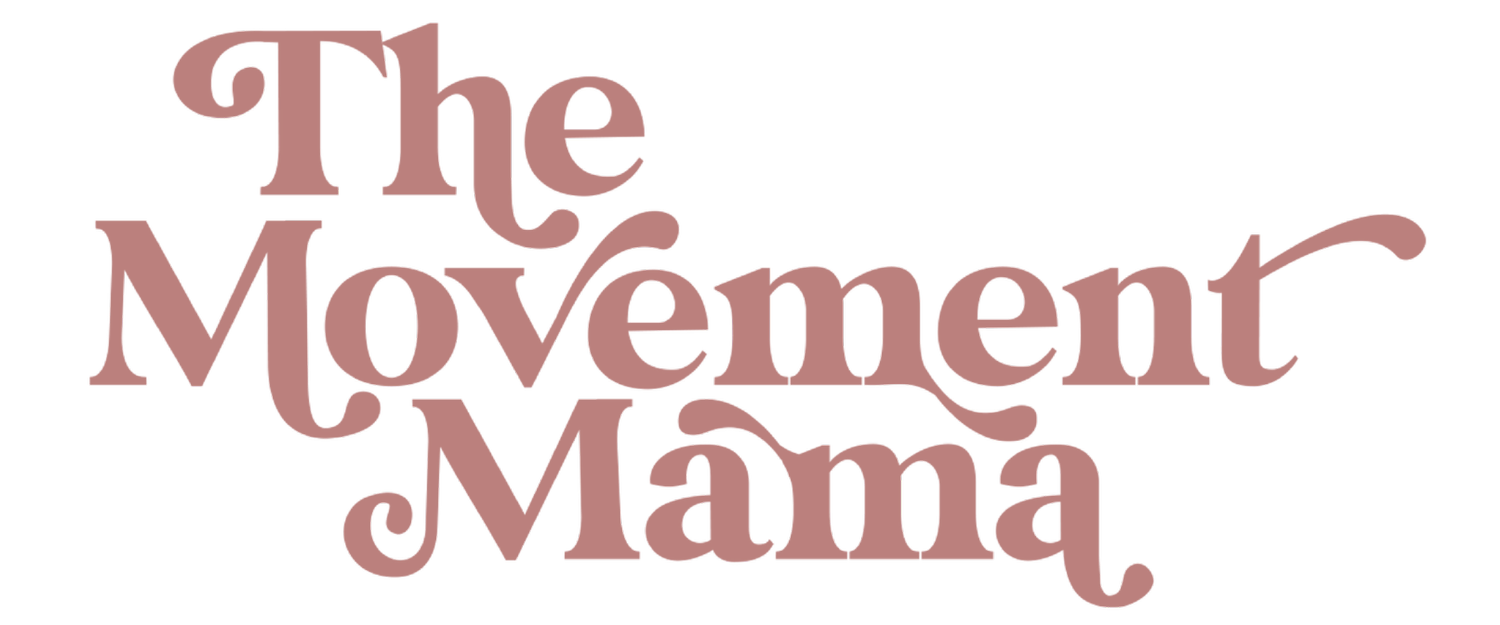Does My Baby Have Flat Feet?
For more resources like this, check out these other Movement Mama posts:
7 Things to Look For in a Toddler Shoe
Shoes for New Walkers: A Pediatric Physical Therapist's Guide
How to Measure A Toddler’s Shoe Size
The truth is: it’s common for babies to have what appear to be flat feet. They have a fat pad in their arch that doesn’t disappear until age 2+ that makes those chubby little arches appear “flat”—but THAT is not what I’m referring to!
What I’m referring to is called overpronation and/or calcaneal eversion: these are fancy terms for excessive flatness of the foot to the point of the heel collapsing inward. Often it’s just the way God made them, and frequently it’s hereditary (look at yours and your partner’s feet), but sometimes it can cause issues.
Some signs your babe might require a more supportive shoe for hypermobile feet include:
- Excessive tripping/falling (but be sure to have vision checked if more support or strengthening doesn’t help—sometimes a functional vision evaluation is warranted rather than a standard vision eval—talk to your Ped)
- Delayed standing milestone achievement (find my 0-24 Mos Motor Milestone Checklist here)
- An appearance that their heel is actually collapsing in (see photo above)
Because a flexible foot is often cause for delayed motor milestones, please consult with your pediatrician about an early Intervention referral. Early Intervention is always best, preventing future delays and reducing the time needed for intervention the sooner you get started! It is free or income-based in most states and is a great option to ensure your babe is on track! You can find more info here.
While we do want to utilize supportive shoes to encourage function and keeping up with their peers, I also want to emphasize that time spent barefoot is still incredibly beneficial and crucial to them developing the muscles and ligaments of their foot independently! Supportive shoes “do the work” for their feet, so we need to be mindful and when you’re at home or in a low-pressure situation, keep them barefoot or in a minimalist shoe!
if you’re looking for more supportive shoes, check out this list.
This post contains affiliate links that aid in supporting The Movement Mama at no additional cost to you.

